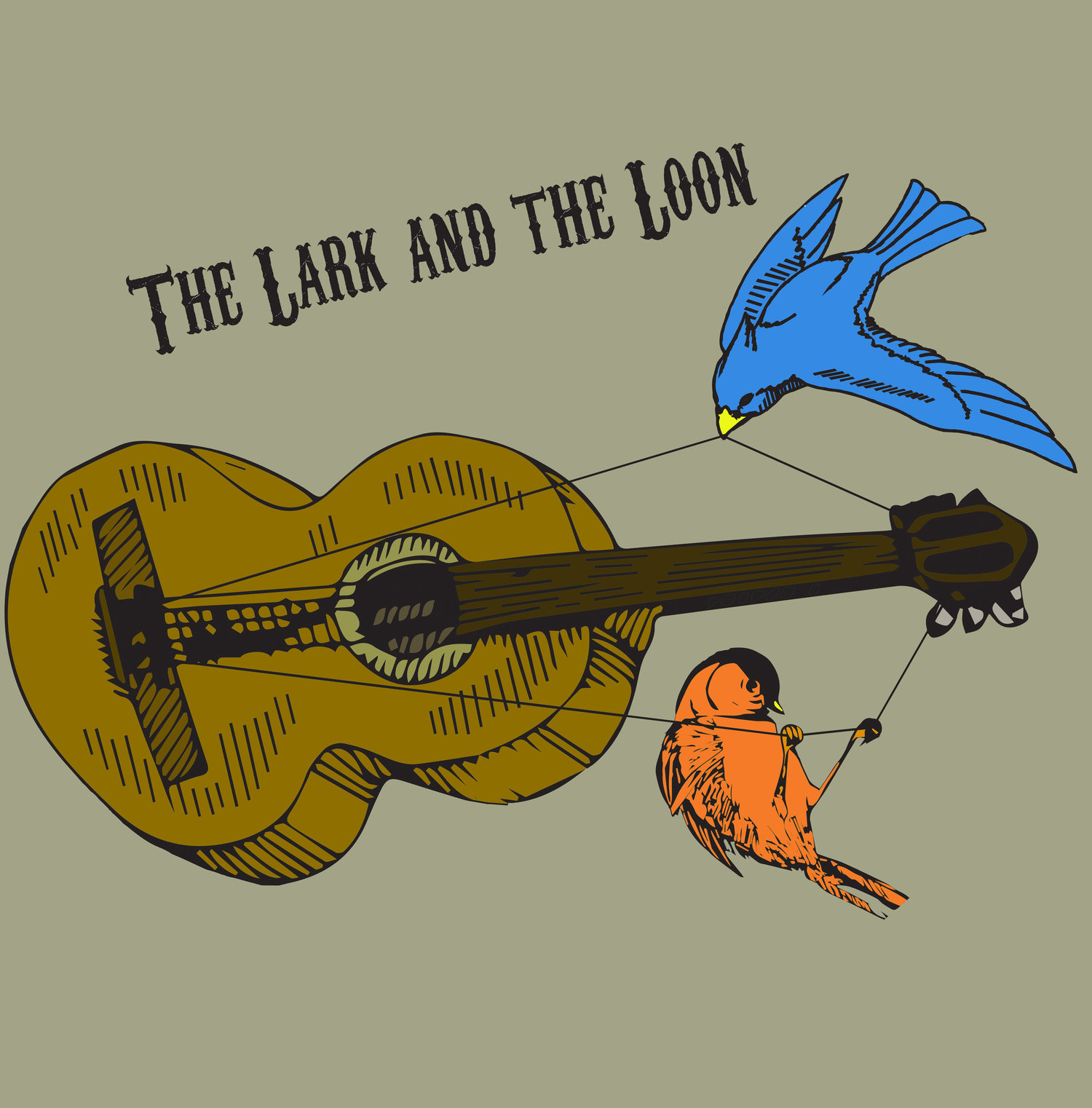A curious bright-eyed youngster approached me on stage as I was packing up gear after a bar gig a few weeks back. "I don't mean to bother you but my friends and I are wondering what that board instrument you were playing is called." Enthusiastically, I picked up my little musical washboard and gave her an explanation of the handcrafted percussion instrument that my husband and I cobbled together with antique tins and old bells. When we play overseas people will refer to it as a "scratchboard" sometimes or simply "the bell thing". A relative of the washtub bass the washboard as a percussion instrument has deep American roots. There are plenty of different ways to play it, but the rhythmic techniques I use come from the washboard players of the pre-war Piedmont and Delta blues era. Since our new album "2" is heavily focused on exploring these styles of music through Jeff's swampy 1936 National Duolian resonator guitar, I decided to shed some light on what tends to be an overshadowed instrument that so many people are familiar with.
History claims that the wooden plated washboard is considered to be among one of the great American inventions of the 1830s. Having a similar musical cultural history as the Peruvian cajon (the box drum), slaves would use the dual device as a percussive drum when musical instruments were banned from being played to accompany singing, dancing, and chanting. In later years this form of musical expression evolved into what we consider traditional blues and early jazz music. The washboard is primarily played by using a series of tapping and scraping motions, generally with thimbles or spoons, on the metal board, wooden frame, and its attached accessories which can range anywhere from a cowbell to a cymbal.
I've bent my ears to many washboard players over the years and one of my biggest influences and favorite washboard players in American Piedmont blues history is Bull City Red (born George Washington in 1917) who accompanied artists such as resophonic guitarist Blind Boy Fuller and ragtime guitarist and singer Blind Blake. The use of the washboard in these early recordings helped pave the way into the early Piedmont blues era of music. Bull City Red's playing is steady like a train in motion and then he'll pull out a rhythmic break that will trick your ears. The tones he captivates on the washboard are crisp, clean, and a perfect polyrhythmic echo to the muddy nature of his counterpart guitar. My washboard contains antique tins, a brass bike bell, and a Tibetan meditation bell to round out the tone.
To add to the washboard's sound I borrowed a technique from the blues players of the past and added a shotgun shell box as a stomp box. So the story goes back in the day blues players would often play in tobacco houses and coal mining towns. In these communities dynamite was a common commodity and the discarded wooden boxes for dynamite were often easy to come by. The blues players learned that the box made a great hollow thumping sound when stomped on and could hold up to the wear and tear of many a night's camaraderie. Of course the story continues that the dynamite boxes sometimes contained unstable residues and would sometimes ignite if stomped too hard! The box I choose to use is free of this problem but contains the same sound the dynamite boxes produced. I choose to play mine standing with a tambourine inside and will often stick a microphone in it to allow it to be amplified.
From Creole zydeco to Appalachian folk, the washboard has played an important role in American jug band music. It packs a lot of punch for its size and boosts the drive and texture of a song. I'm happy to see that people are still taking an interest in washboard playing and I like encouraging those who wish to learn how to play. "All it takes is a trip to your local antique store, a bit of elbow grease, and access to some old blues recordings" is what I say. Alongside a creative stomp box you can get some pretty complex rhythms and sounds out of a small portable package.
~R

